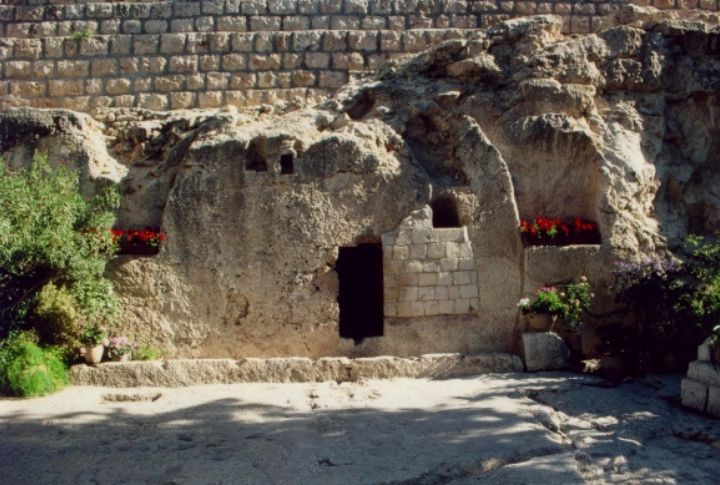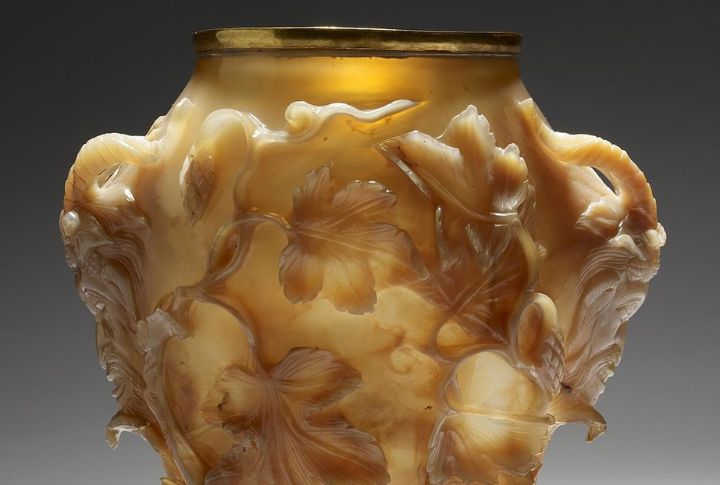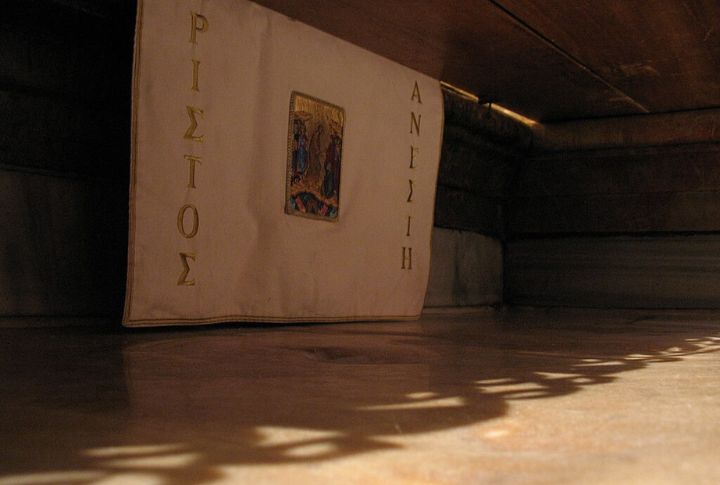
In a discovery that has captivated historians and believers alike, an ancient altar long thought to be destroyed has been uncovered at the site of Jesus’s empty tomb in the Church of the Holy Sepulchre. This hidden relic, buried for centuries, has shed new light on the church’s storied history, Roman ties, and fascinating secrets. Here’s a closer look at the altar’s history and the stories it has now brought back to life.
Historical Background: The Site of Jesus’s Empty Tomb

The location of Jesus’s empty tomb has been a focal point for Christian pilgrims for centuries. Identified by early Christians as the site of Jesus’s resurrection, it has inspired countless pilgrimages and has been the center of extensive archaeological investigation. Understanding the history of this sacred site helps contextualize the importance of the newly discovered altar.
A Journey Through Time: The Altar’s Ancient Origins

As far as two millennia ago, the altar is believed to have been constructed by early Christians who sought to honor the resurrection of Jesus. Its ancient origins point to a time when Christianity was still in its infancy and followers faced persecution. The altar’s design and materials offer clues about the religious practices of that era.
The Mysterious Disappearance: How the Altar Was Lost

Over the centuries, the altar became lost to history, possibly buried during periods of persecution or when the site underwent various reconstructions. Wars, natural causes, and the passage of time all might have contributed to its disappearance. Rediscovering the altar helps fill historical gaps about the early Christian community’s presence at this sacred site.
Unique Decorations Lead to Discovery

It was the altar’s unique decorations that ultimately led to its discovery. As workers carefully chipped away at the layers of stone and plaster, they noticed patterns that didn’t belong to the surrounding structures. These patterns, unlike anything else in the church, drew the attention of experts who quickly realized they were dealing with something extraordinary.
The Archaeological Team Behind the Discovery

This extraordinary altar’s discovery stems from the diligent efforts of a committed team of archaeologists and researchers. Combining traditional excavation methods with innovative technology, they unearthed the altar buried beneath layers of stone and earth. Their relentless work has resurrected a long-lost piece of history, once believed to be gone forever.
Graffiti Hid the Treasure

One of the most surprising aspects of the altar’s discovery was the graffiti that covered its surface. Ancient pilgrims and worshippers had etched their marks into the stone, leaving behind a layer of inscriptions that had hidden the true beauty of the altar. This graffiti, once a nuisance, now holds historical significance for preserving an invaluable relic.
Ornate Stone Reveals Roman Ties

As the dust settled around the uncovered altar, scholars quickly noted the intricate designs carved into the stone, unmistakably pointing to Roman influences. The detailed craftsmanship suggests that this was no ordinary altar but one that held great importance in its time. The ties hint at the complex interplay between early Christian worship and the dominant Roman culture of the period.
Uncovering Clues: Artifacts Found Near the Altar

In addition to the altar, several other artifacts were discovered nearby, including pottery, coins, and remnants of ancient inscriptions. These items provide valuable context, and they offer insights into the day-to-day lives and religious traditions of early Christians. Each artifact helps piece together the story of the altar and its significance to those who once worshipped it.
Symbolic Significance: The Altar’s Religious Importance

The altar is more than just an ancient relic; it holds religious significance for Christians worldwide. Positioned at the site believed to be the location of Jesus’s resurrection, it would have served as a powerful symbol of faith and hope. The altar’s discovery is a reminder of the enduring spiritual legacy of early Christianity.
Rediscovery Sparks Renewed Pilgrimage

The news of the altar’s rediscovery has sparked renewed interest among pilgrims and tourists alike. Visitors worldwide are now flocking to the Church of the Holy Sepulchre to witness this newly uncovered piece of history. This surge in pilgrimage not only highlights the altar’s spiritual importance but also its potential to inspire and rejuvenate the faith of those who visit.

